Grow Bigger Better Cauliflower With The Right Companion Plants
Grow Bigger Better Cauliflower with the Right Companion Plants
Cauliflower is a delicious and nutritious vegetable that is a staple in many kitchens. It is also a relatively easy vegetable to grow, but there are a few things you can do to help it grow bigger and better. One of the most important things is to choose the right companion plants.
Companion planting is the practice of planting certain plants together that benefit each other. There are many different companion plants that can be beneficial for cauliflower, but some of the best include:
- Lettuce: Lettuce is a good companion plant for cauliflower because it helps to suppress weeds. It also helps to attract beneficial insects, such as ladybugs, which help to control pests.
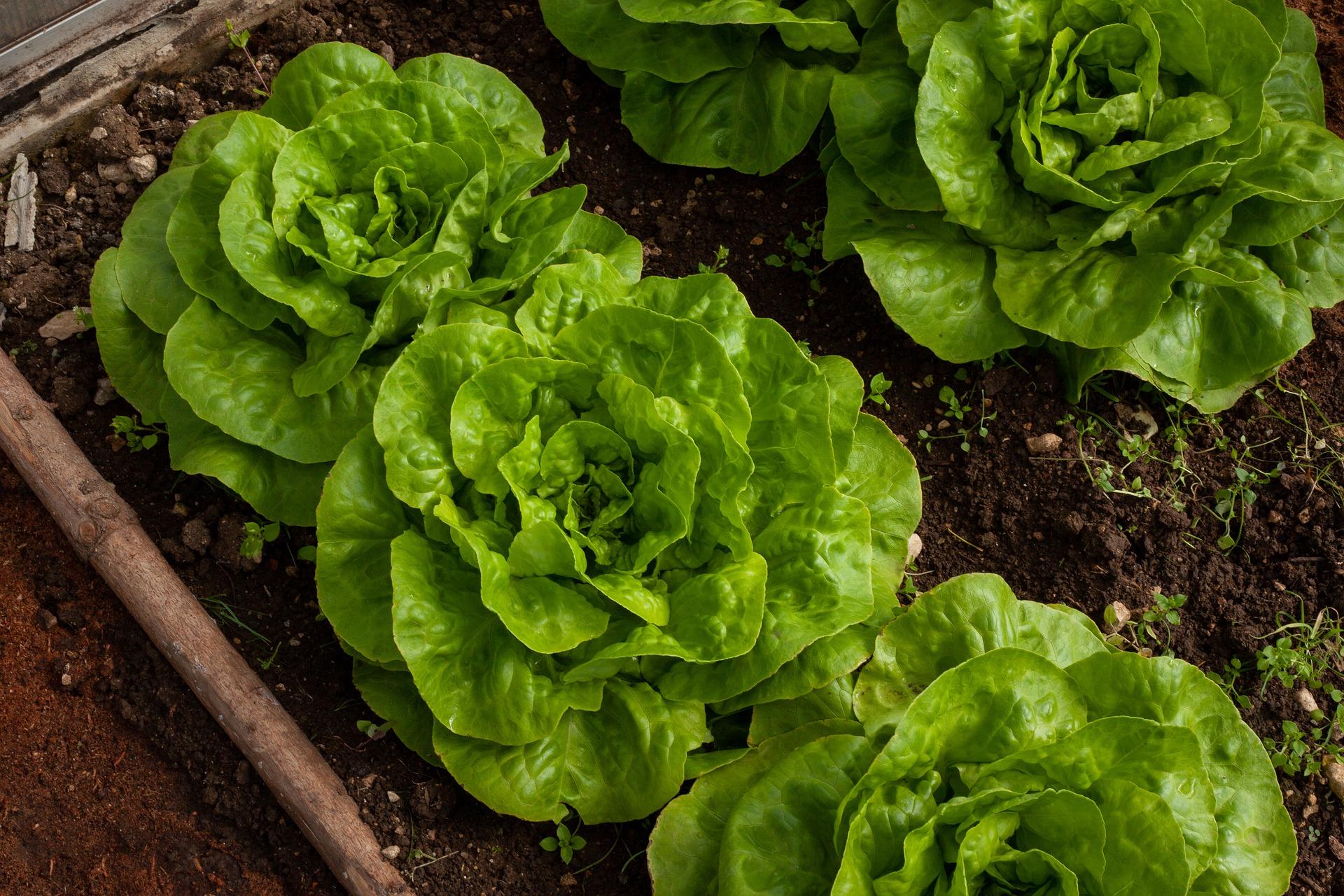
- Beetroot: Beetroot is another good companion plant for cauliflower. It helps to improve the soil structure and drainage, which is beneficial for cauliflower. Beetroot also helps to repel pests, such as cabbage moths.

- Cabbage: Cabbage is a good companion plant for cauliflower because it helps to deter pests. Cabbage moths are a common pest of cauliflower, but they are less likely to attack cabbage.
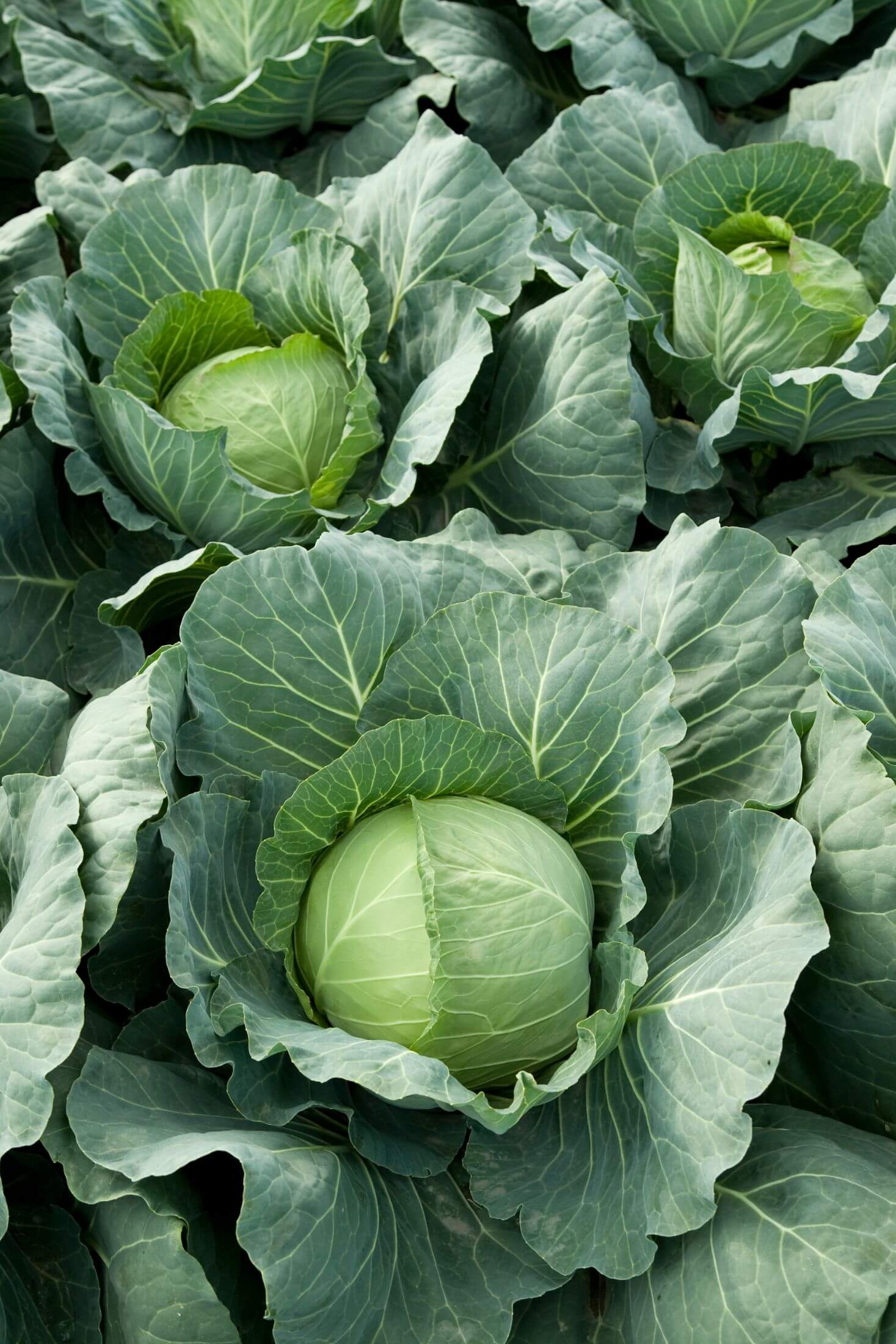
- Onion: Onion is a good companion plant for cauliflower because it helps to repel pests and diseases. Onions also help to improve the flavor of cauliflower.

- Garlic: Garlic is another good companion plant for cauliflower. It helps to repel pests and diseases, and it also helps to improve the flavor of cauliflower.
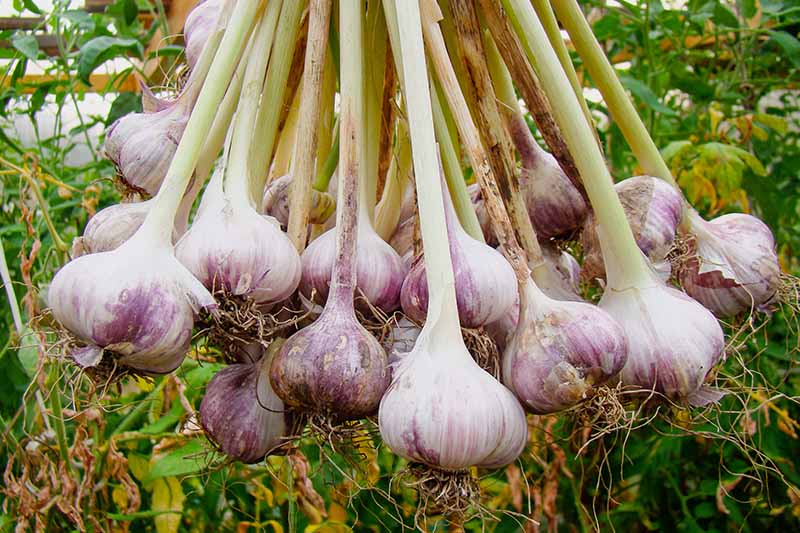
- Marigold: Marigold is a good companion plant for cauliflower because it helps to repel pests. Marigolds also help to improve the soil quality, which is beneficial for cauliflower.

- Nasturtium: Nasturtium is a good companion plant for cauliflower because it helps to attract beneficial insects, such as ladybugs. Ladybugs help to control pests, such as aphids, which can damage cauliflower.

In addition to these companion plants, there are a few other things you can do to help your cauliflower grow bigger and better. First, make sure to plant your cauliflower in full sun. Cauliflower needs at least 6 hours of sunlight per day to reach its full potential. Second, water your cauliflower regularly, especially during hot weather. Cauliflower needs about 1 inch of water per week. Third, fertilize your cauliflower every few weeks with a balanced fertilizer.
By following these tips, you can help your cauliflower grow bigger and better. With the right companion plants and care, you'll be enjoying delicious cauliflower in no time.
Cauliflower is a delicious and versatile vegetable that can be enjoyed in many different ways. But did you know that companion planting can help you grow healthier and more productive cauliflower plants?
Companion planting is the practice of planting different types of plants together in order to benefit each other. Some plants, such as marigolds and nasturtiums, can help to deter pests, while others, such as beans and celery, can help to improve the soil quality.
If you're looking for the best cauliflower companion plants, I recommend checking out Gardenia Inspiration. This website has a comprehensive list of plants that can be grown with cauliflower, as well as information on the benefits of companion planting.
In addition to providing information on companion planting, Gardenia Inspiration also offers a variety of other resources for gardeners, including articles on growing techniques, recipes, and gardening tips.
So whether you're a beginner or a seasoned gardener, I encourage you to visit Gardenia Inspiration today to learn more about cauliflower companion plants and how to grow healthier and more productive cauliflower plants.
FAQ of cauliflower companion plants
Question 1: What are some good companion plants for cauliflower?
Answer: Cauliflower is a member of the Brassica family, which includes broccoli, cabbage, and kale. These plants all have similar nutrient requirements and benefit from being planted together. Some good companion plants for cauliflower include:
- Dill: Dill helps to repel cabbage moths and other pests.
- Fennel: Fennel helps to improve the flavor of cauliflower.
- Garlic: Garlic helps to repel pests and diseases.
- Hyssop: Hyssop helps to attract beneficial insects.
- Marigolds: Marigolds help to repel nematodes.
- Nasturtiums: Nasturtiums help to attract beneficial insects and deter pests.
- Onions: Onions help to repel pests and diseases.
Question 2: What plants should I avoid planting near cauliflower?
Answer: There are a few plants that you should avoid planting near cauliflower, as they can compete for nutrients or attract pests. These plants include:
- Broccoli: Broccoli and cauliflower are both members of the Brassica family, so planting them together can lead to nutrient competition.
- Cucumbers: Cucumbers can attract the same pests as cauliflower, such as cabbage moths.
- Potatoes: Potatoes can attract the Colorado potato beetle, which can also damage cauliflower.
Question 3: How far apart should I plant cauliflower?
Answer: Cauliflower plants need plenty of space to grow, so you should plant them 18-24 inches apart. This will give them enough room to develop their heads and prevent the spread of diseases.
Question 4: What are some tips for growing healthy cauliflower?
Answer: Here are some tips for growing healthy cauliflower:
- Plant cauliflower in full sun.
- Amend the soil with compost or manure before planting.
- Water regularly, especially during hot, dry weather.
- Fertilize with a balanced fertilizer every 4-6 weeks.
- Harvest cauliflower when the heads are firm and white.
Question 5: What are some common problems that affect cauliflower?
Answer: Cauliflower is susceptible to a number of pests and diseases, including:
- Cabbage moths: Cabbage moths lay their eggs on cauliflower leaves, which hatch into caterpillars that can damage the heads.
- Black rot: Black rot is a fungal disease that can cause the leaves and stems of cauliflower to wilt and die.
- Downy mildew: Downy mildew is a fungal disease that can cause the leaves of cauliflower to turn yellow and develop a powdery mildew.
To prevent these problems, you can:
- Plant resistant varieties of cauliflower.
- Rotate crops in your garden.
- Water your plants regularly.
- Remove any diseased leaves or plants.
- Apply a fungicide as needed.
Image of cauliflower companion plants
- Dill. Dill is a great companion plant for cauliflower because it helps to repel pests like cabbage moths and aphids. It also helps to improve the flavor of cauliflower.
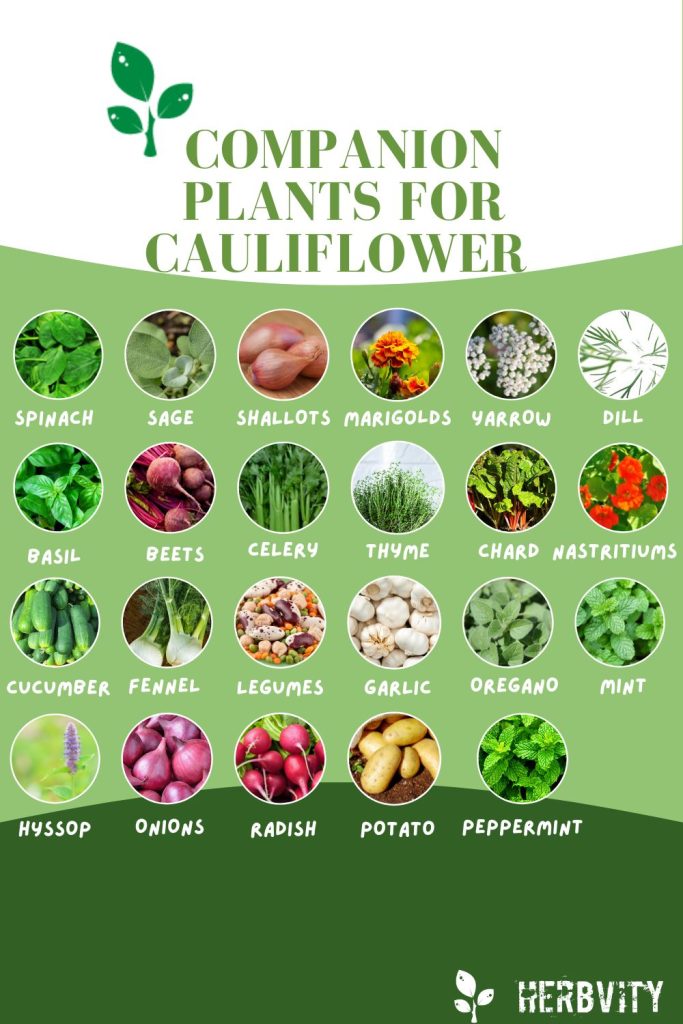
- Fennel. Fennel is another great companion plant for cauliflower because it helps to repel pests and improve the flavor. It also helps to improve the soil drainage, which is important for cauliflower.

- Garlic. Garlic is a great companion plant for many vegetables, including cauliflower. It helps to repel pests and diseases, and it also helps to improve the flavor of cauliflower.

- Marigolds. Marigolds are a great companion plant for cauliflower because they help to repel pests like aphids and nematodes. They also help to improve the soil quality, which is important for cauliflower.

- Onions. Onions are a great companion plant for cauliflower because they help to repel pests and diseases. They also help to improve the flavor of cauliflower.
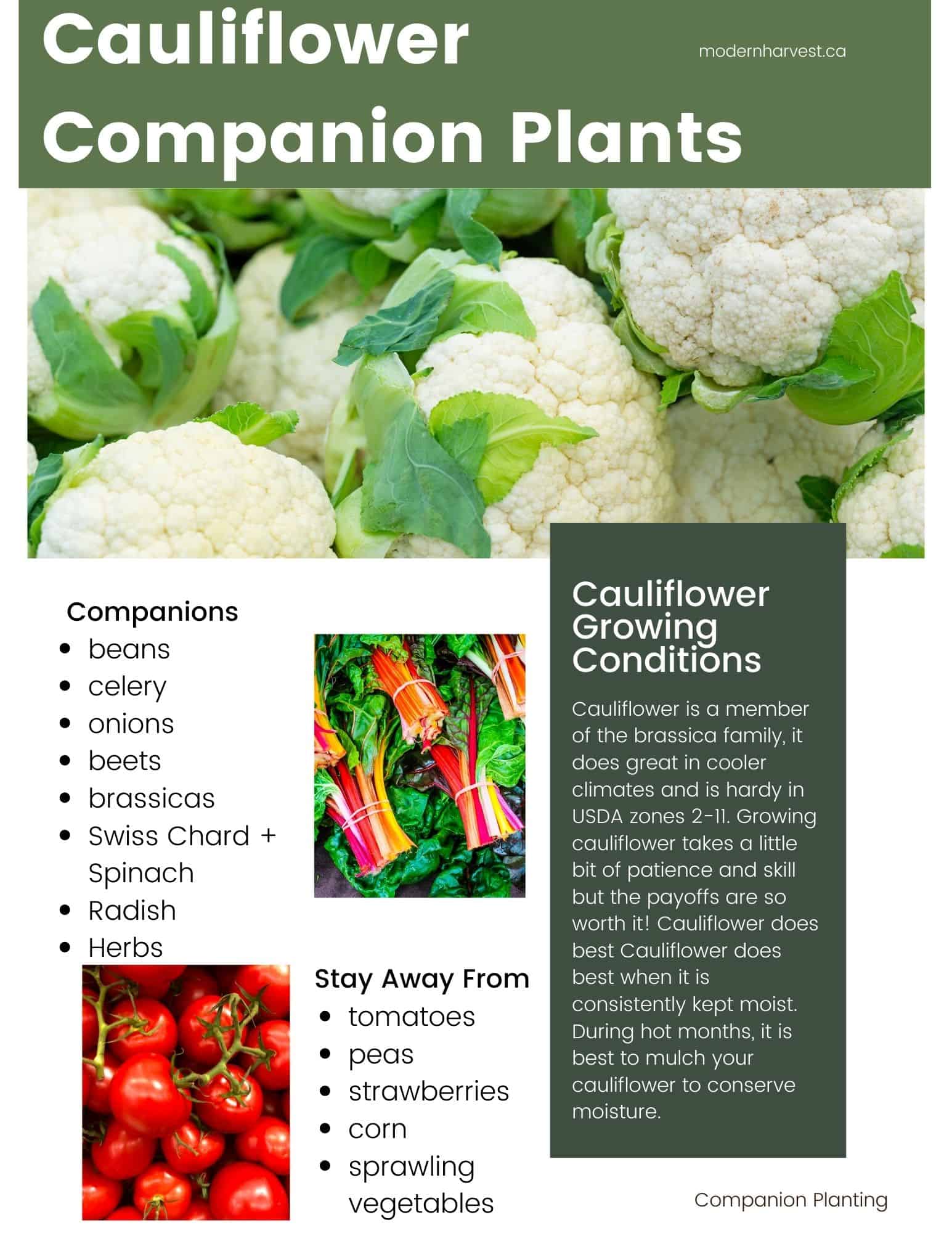
Post a Comment for "Grow Bigger Better Cauliflower With The Right Companion Plants"